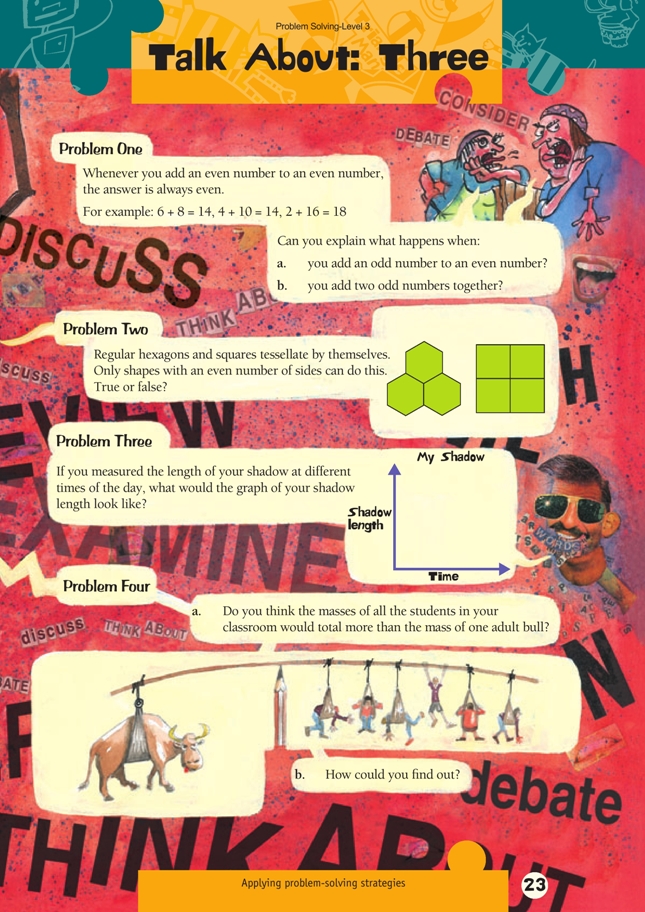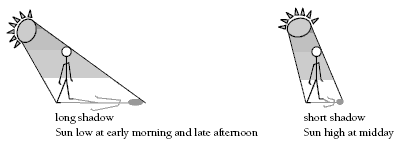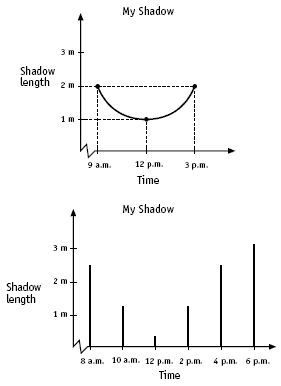These are level 3 algebra, geometry and measurement problems from the Figure It Out series.
A PDF of the student activity is included.
Click on the image to enlarge it. Click again to close. Download PDF (318 KB)
explore patterns of adding odd and even numbers (Problem 1)
explore tessellations with two dimensional shapes (Problem 2)
estimate in kilograms (Problem 4)
Problem One
A model helps students visualise the effect of adding even and odd numbers. Even numbers are evenly divisible by two, and odd numbers have a remainder of one when divided by two.
The effect of adding even numbers is:
always even and divisible by two.
The effect of adding an odd and even number is:
always odd and has a remainder of one when divided by two.
The effect of adding two odd numbers is:
always even and divisible by two.
Problem Two
There are only three regular tessellations, that is, tessellations formed by the same regular polygon. They are:
So the statement is false.
A key feature of tessellations is that the internal angles of shapes meeting at a vertex add to 360° (a full turn).
By considering the internal angles of other regular polygons, students can see that the
tessellations shown are the only possibilities from single regular polygons.
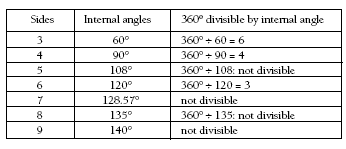
Problem Three
Students may wish to predict what will happen to the length of their shadow as the day passes. They can then take measurements at different times of the day to check their prediction. A reasoned explanation for the pattern should involve the height of the sun.
So a graph of shadow length against time will look like this:
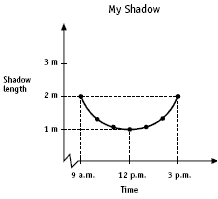
Problem Four
The average mass of students in years 5 and 6 is about 30–40 kilograms. This means that a class of 30 students will have a combined mass of between 30 x 30 = 900 kilograms, which is 0.9 tonnes, and 30 x 40 = 1 200 kilograms, which is 1.2 tonnes.
The live weight of a good-sized bull is between 450 and 650 kilograms. A prize show bull can have a mass as great as 1 tonne.
So a class of students is likely to have a combined mass much greater than the average bull.
Answers to Problems
1. a. When you add an odd number to an even number, the result is always odd.
b. Two odd numbers added together always give an even result.
2. False. Triangles also tessellate.
3. Answers will vary, but 2 possible graphs are:
4. a. Answers will vary. A class of students (average mass of 30–40 kg per student) is likely to have a combined mass much greater than most bulls (450–650 kg), although a prize show bull can have a mass as great as 1 tonne.
b. Answers will vary. You might find out the weight of bulls through the Internet, a
library, or a rural veterinary service.
